The Science Behind Roller Coasters
The Science Behind Roller Coasters
Because of technological advancements, roller coasters are becoming more prominent, faster, and scarier. The gravity-propelled Branson mountain coaster, for example, provides a modern sort of entertainment. Unlike the first roller coasters, which were built in the mid-1880s, they were used to transport coal from the mountains to the town of Pennsylvania. Those coasters were rented out on weekends by fare-paying riders who rode just for amusement.
Theme parks are thriving nowadays. But, with waits as long as eight hours for an average ride of lesser than two minutes – not to mention accounts of riders suffering strokes, brain deformity, and catastrophic injury as a result of crashes — how can we put up with it? What is it about roller coasters that some people adore, and is it an experience we get tired of as we get older?
The desire to enjoy various innovative and intense physical experiences such as rock climbing and parachute jumping is linked to roller coaster enjoyment. But what is it about roller coasters that make them so appealing? At first look, it may appear to be due to speed experience. However, the evidence for a relationship between sensation seeking and speed is weak. For example, driving at speeds beyond the legal limit is something many individuals do, not only thrill-seekers.
Perhaps the attraction of the Branson roller coaster is the visceral experience of terror itself, similar to viewing a horror movie. The "fight or flight reaction" refers to physical indications of fear such as a racing heart, quicker breathing, and an energy surge generated by the release of glucose.
Researchers who recorded riders' pulse rates on the double-corkscrew Coca Cola Roller in 1980s Glasgow discovered that a roller coaster ride is likely to elicit this response. Heartbeats per minute more than doubled from an average of 70 before the ride to 153 shortly after it began. Some senior motorcyclists came dangerously near to what would be considered medically risky given their age.
In another adrenaline-pumping activity, beginner bungee jumpers not only reported heightened sensations of well-being, wakefulness, and happiness immediately after completing a jump. They also had higher amounts of endorphins in their blood, which are widely known to cause emotions of tremendous pleasure.
Surprisingly, the higher the endorphin levels, the more blissful the jumper reported feeling. In this case, there is clear evidence that people appreciate the sensations associated with the fight or flight response in a non-threatening situation.
Pleasure vs stress
Bungee jumpers also had higher amounts of cortisol, which is known to rise when people are stressed. So, how can a person feel both worry and pleasure simultaneously? The answer is that not all stress is detrimental. Eustress – derived from the Greek "eu," which means "good," as in euphoria – is a type of stress that people intentionally seek out.
Thanks to a fascinating study conducted by two Dutch psychologists, we now know that a roller coaster ride can be described as "eustressful." They were curious about asthma, specifically its relationship with stress. After noting prior research findings that stress causes people with asthma to view their asthma symptoms as more severe, they wondered if administering eustress could reverse.
As a result, several asthmatic student volunteers were transported to a theme park and rode a roller coaster while their respiratory function was tested in the name of science. The research findings were astounding. While the yelling and general turmoil diminished lung function, it also reduced the sensation of shortness of breath. This shows that thrill-seekers who ride roller coasters regard the experience as stress-free.
The role of dopamine
However, roller coasters are not for everyone. Could variations in brain chemistry explain sensation-seeking behavior? The bungee jumper experiment suggests that those with higher endorphins experience higher degrees of euphoria. However, no evidence resting endorphin levels may explain sensation seeking; they are more likely a reaction to the thrill than a predictor of whether we love it.
On the other hand, a recent analysis looked at the role of dopamine, another chemical messenger component in the brain that is essential for the proper functioning of neurological reward circuits. According to the study, people who have higher amounts of dopamine also do better on tests of sensation-seeking behavior.
While this is a correlation rather than causality, another study discovered that administering haloperidol, a drug that alters dopamine's actions within the brain, resulted in a substantial drop in sensation-seeking behavior.
This line of research raises the intriguing notion that appreciation of severe physical events, such as roller coaster rides, reflects individual variances in brain chemistry. People with higher dopamine levels may be more prone to various sensation-seeking behaviours, ranging from harmless roller coaster rides to drug use or even theft.
People like a Branson roller coaster for various reasons, including speed, conquering fear, and the sound effects connected with a significant increase in physiological arousal. For generations, people have been willing to pay money in exchange for the thrill of a terrifying ride.
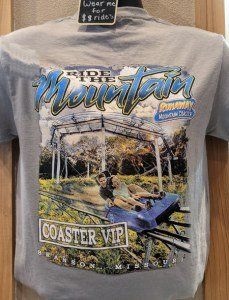
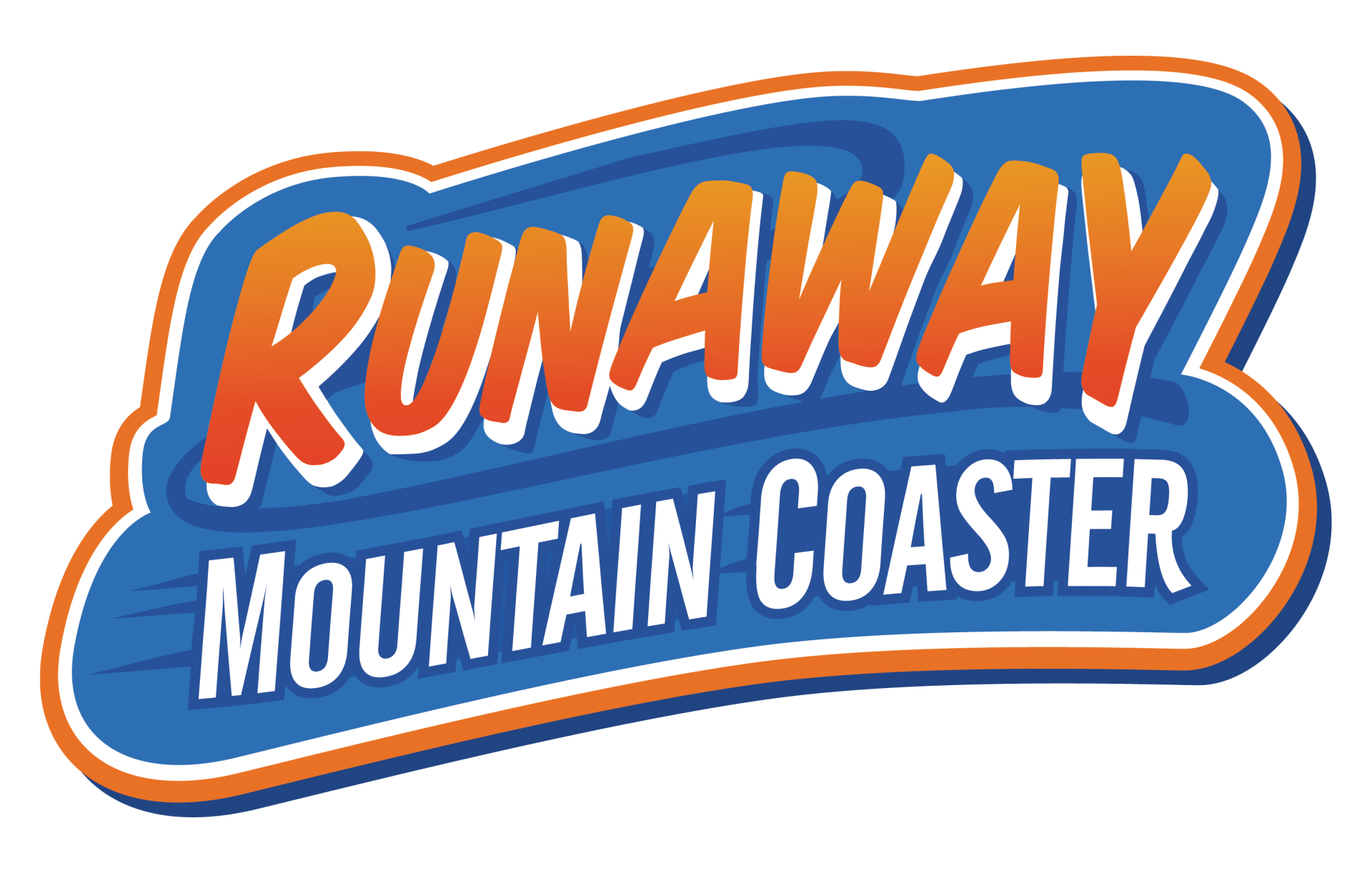
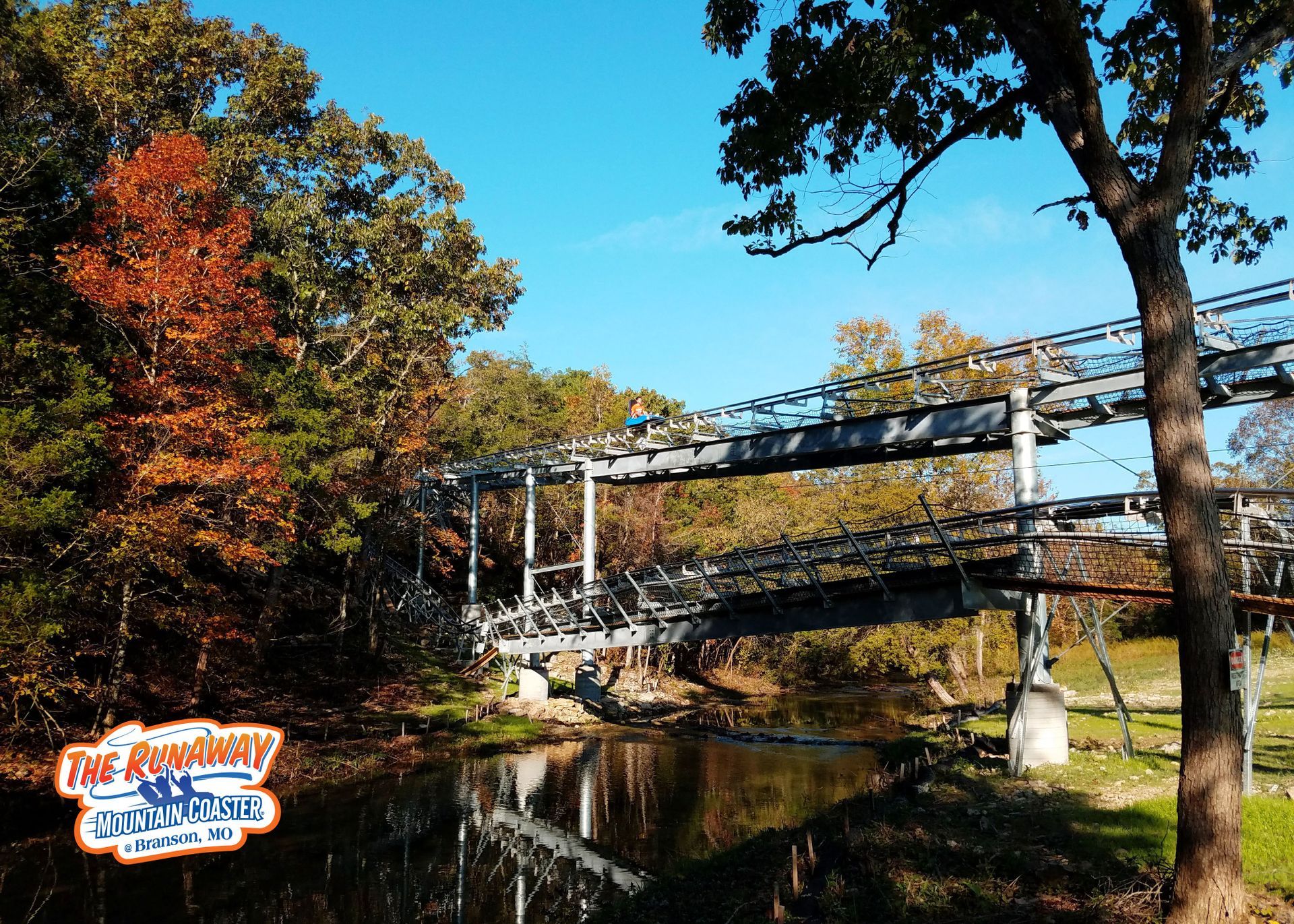

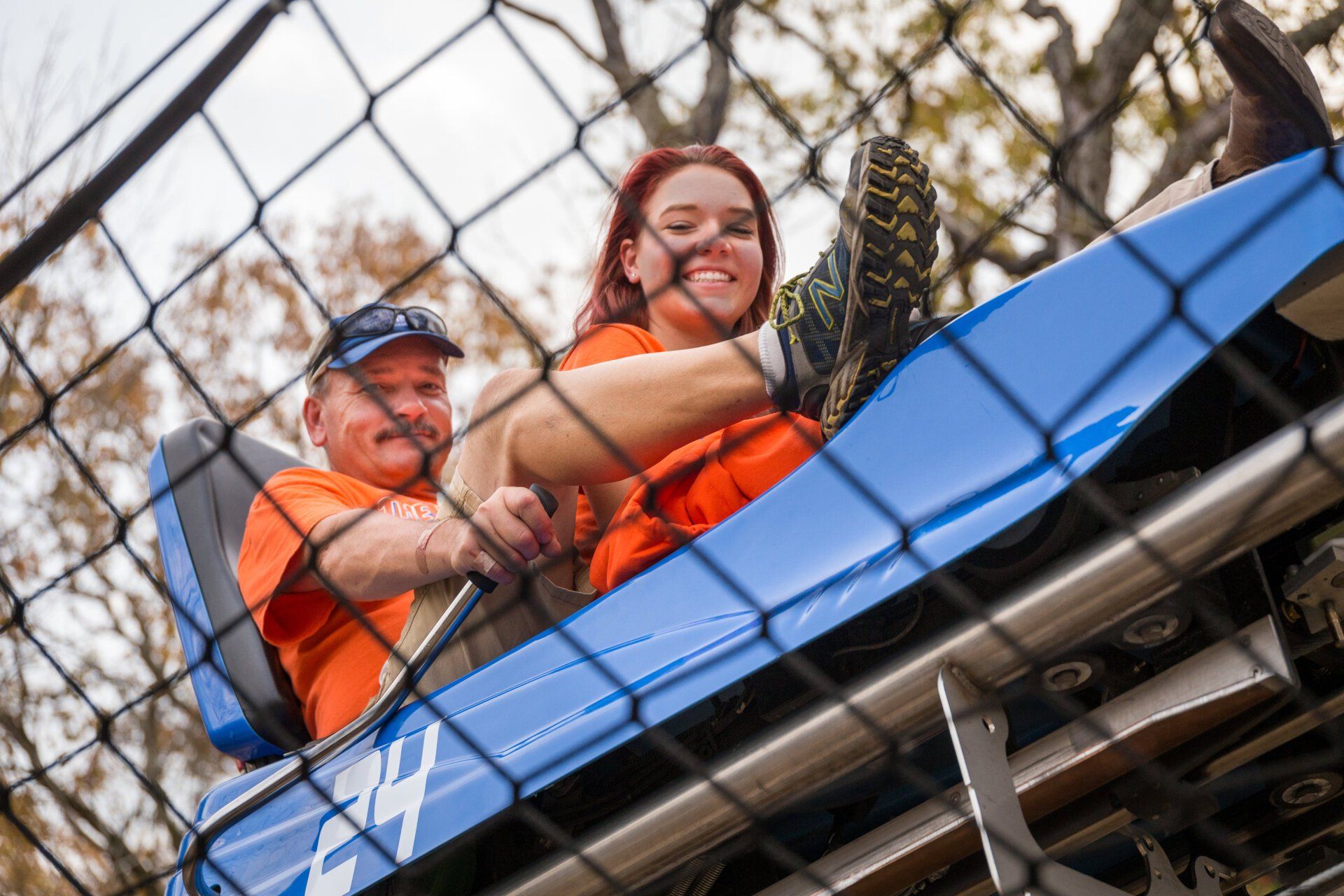
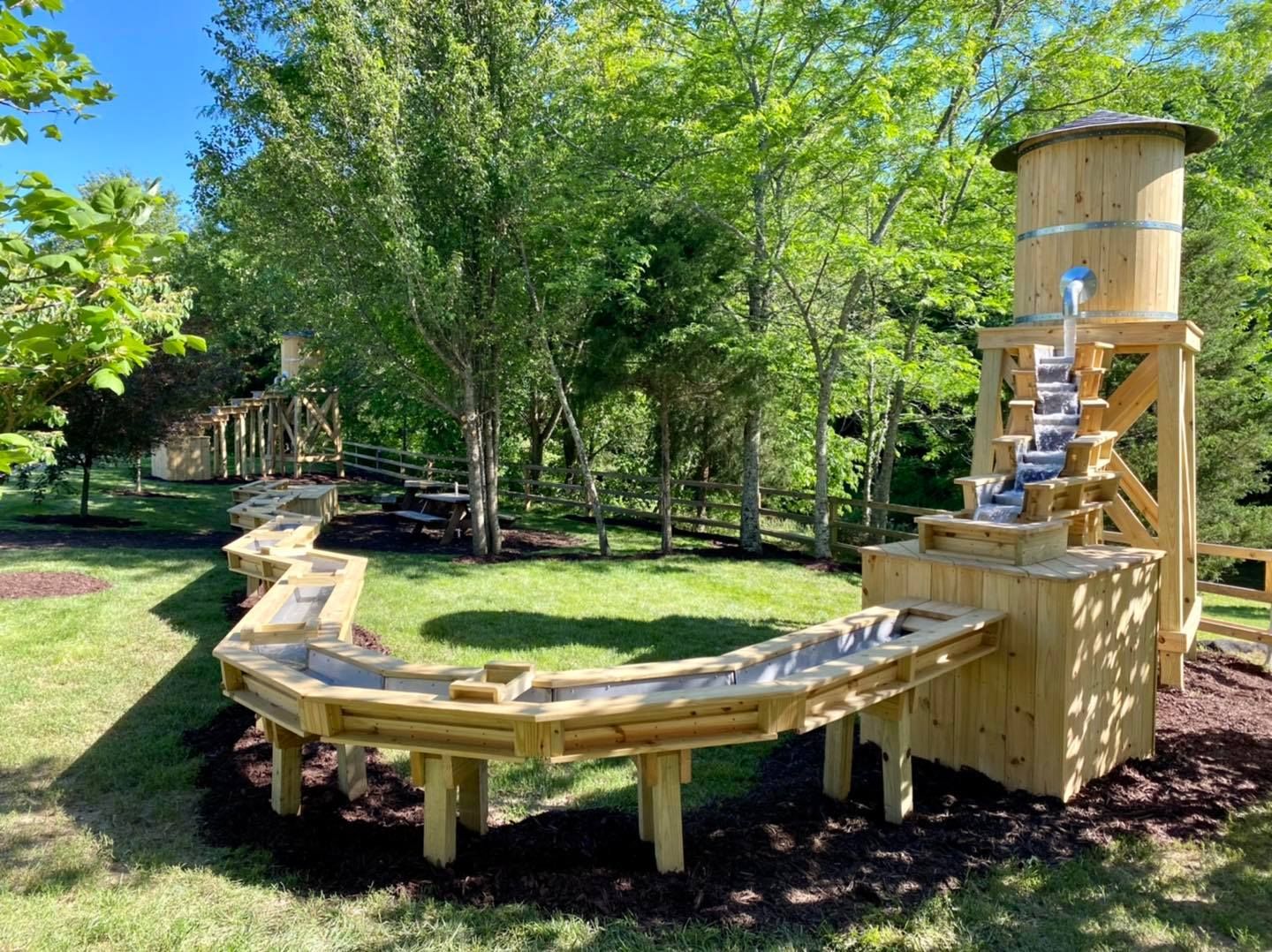

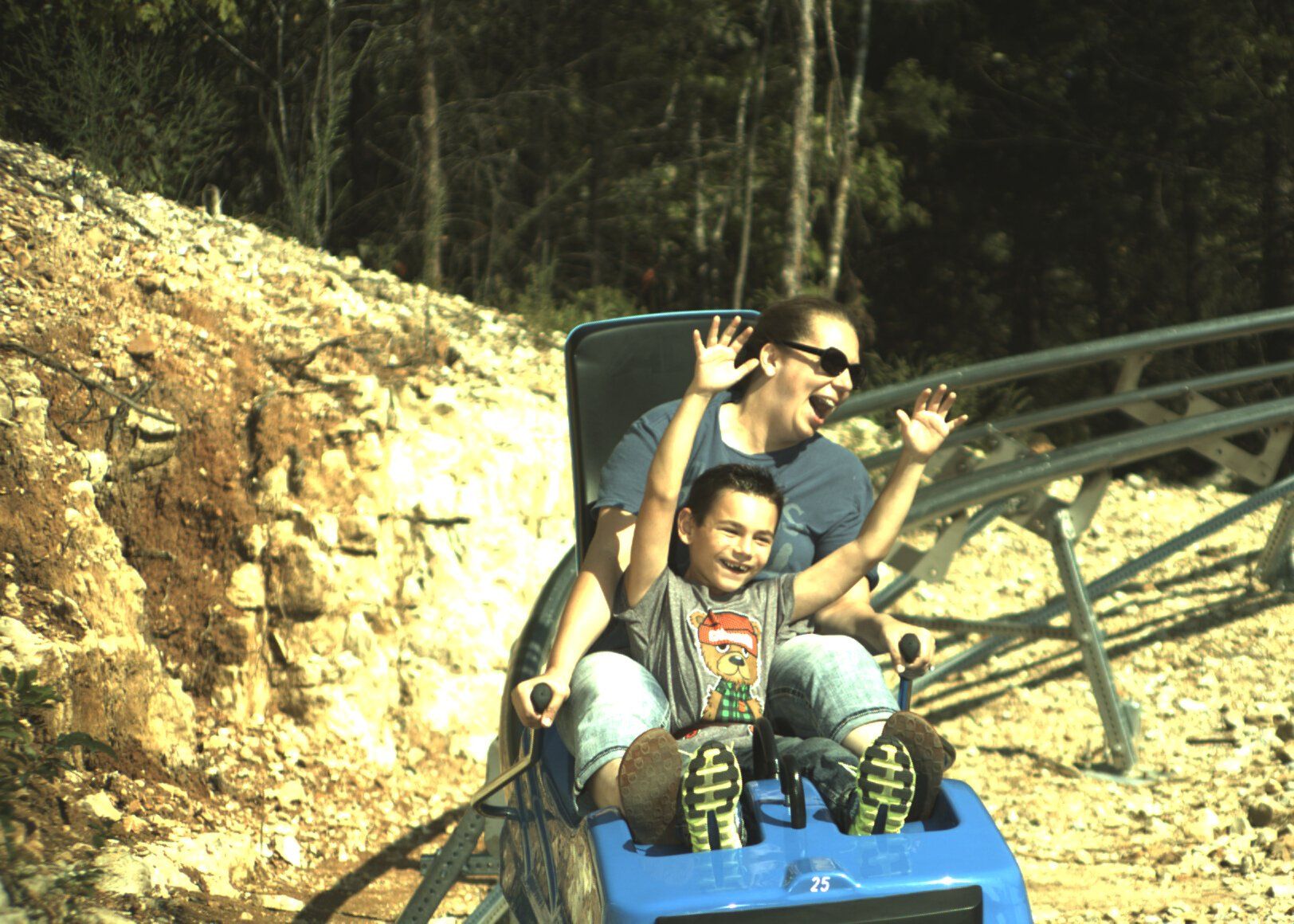
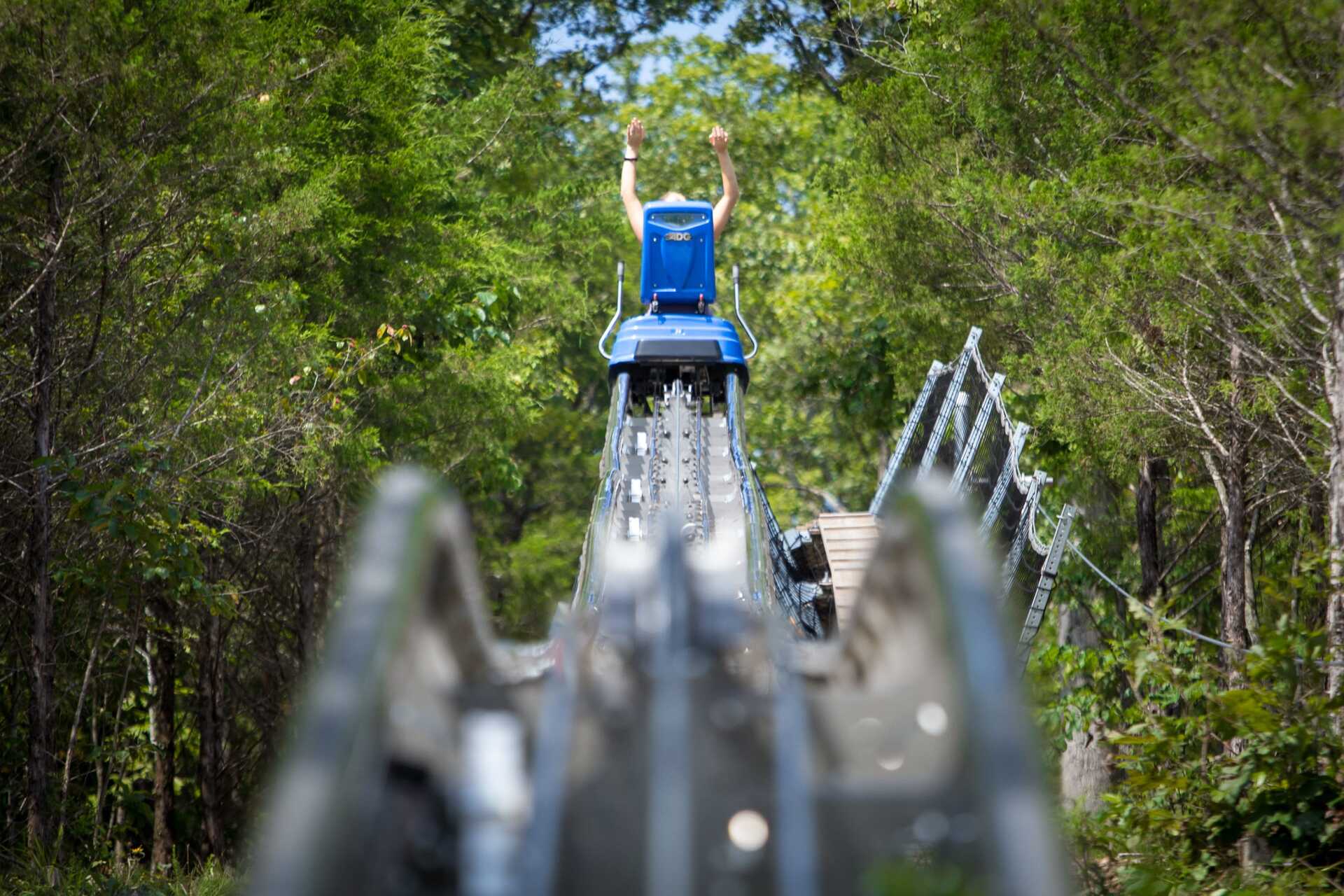


 by
by